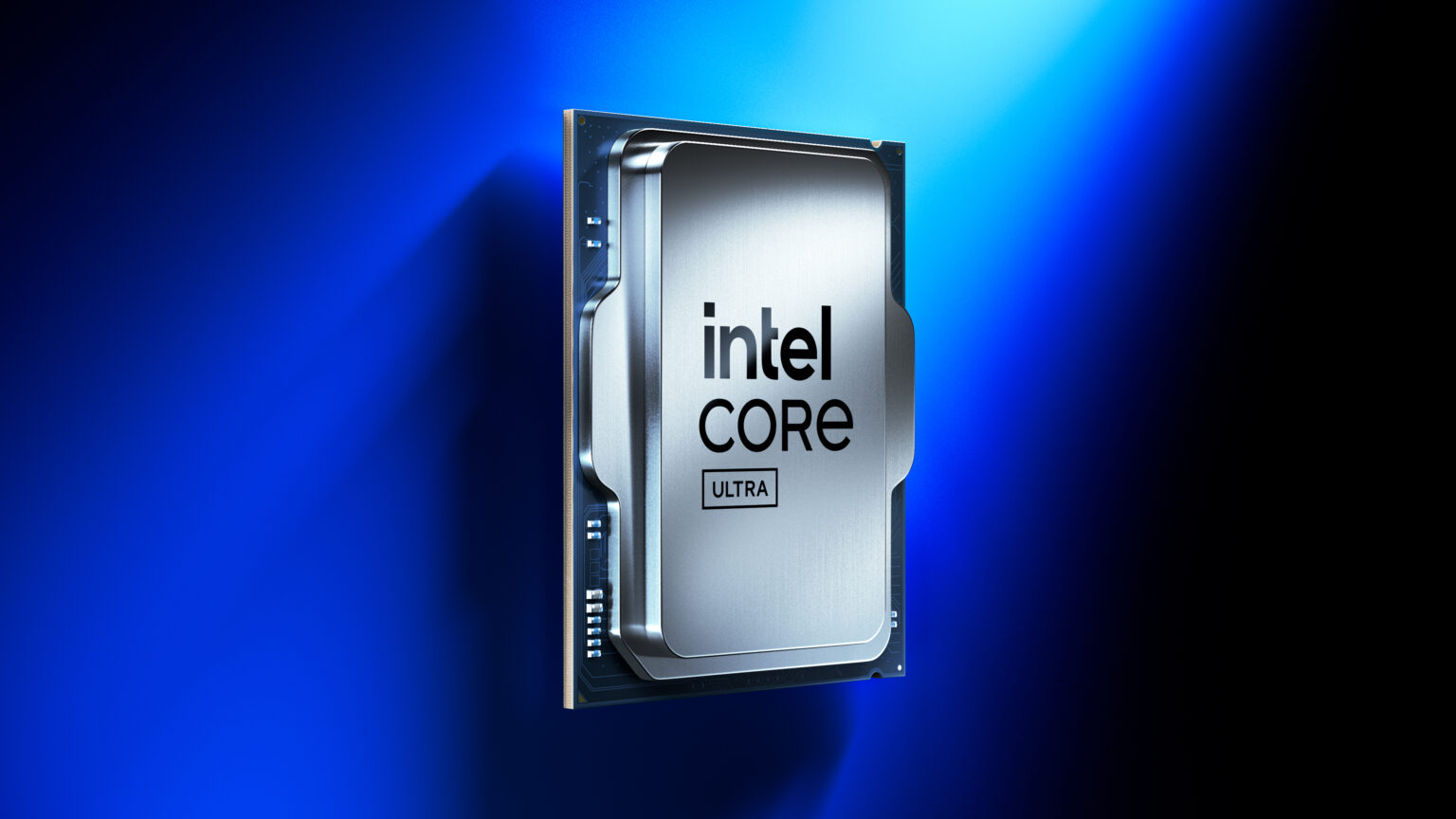As revealed byPhoronix, Intel’s new ‘200S Boost’ feature for itsArrow Lakechips results in little to no performance improvements on Linux. This parallels our200S Boosttestingin Windows, where memory overclocking from DDR5-6400 to DDR5-8000 accounted for most of the performance increases across gaming and productivity.
In the six months following Arrow Lake’s debut, Intel has issued several fixes to extract every last bit of performance from these chips. Thefirst wavewas delivered via Windows Updates and updated BIOS versions in December, addressing several major issues. Following that, board partnersreleasedthe long-awaited 0x114 microcode in January through BIOS updates carrying the ME19.0.0.1854v2.2 firmware.

Earlier this month, Intel debuted itsIPO programin China, allowing System Integrators to offer enhanced power ratings and clock speeds under warranty. Similar to IPO, Intel’s ‘200S Boost’ profiles are opt-in BIOS presets available globally, enabling higher fabric, die-to-die, and memory-transfer speeds than stock.
Phoronix’s test suite features theCore Ultra 9 285K, the Asus ROG Maximus Z890 Hero (1801 BIOS), theRX 7900 XTX, and 32GB of DDR5-6400 memory. The tests were conducted inUbuntu 25.04with the Linux kernel version 6.14. Gaming remained largely similar to stock, with small improvements inCounter-Strike 2andBatman: Arkham Knight, whileDirt Rally 2.0saw a significant drop in FPS (456 FPS vs 406 FPS) when switching to the boost profile.

Moving to productivity, compilation tests were slightly faster with no real impact on rendering workloads. That’s generally the sentiment across most real-world or syntheticbenchmarks, and there’s a good reason for that. The most significant factor driving the gains observed with Intel’s 200S Boost is the support for faster memory speeds. If you want to get the most out of these profiles, consider faster DDR5-7200 or DDR5-8000 memory kits, because the results from only overclocking the NGU or D2D interconnects are imperceptible. Our testing corroborates that.
Phoronix’s test bench stuck to a standard DDR5-6400 kit, and the improvements were so tiny you needed to look for them. We saw a similar effect in Windows when comparing the boost profile vs stock using the same DDR5-6400 kit, for a 0.8% increase in FPS across a geomean of 16 games.
While this is a step in the right direction, you’ll need a better memory kit for actual improvements. Likewise, these profiles don’t exactly guarantee stability with faster RAM. They only offer warranty coverage, and I’m guessing most people who buy DDR5-8000 kits are already using them at their rated speeds with XMP.
Get Tom’s Hardware’s best news and in-depth reviews, straight to your inbox.
FollowTom’s Hardware on Google Newsto get our up-to-date news, analysis, and reviews in your feeds. Make sure to click the Follow button.
Hassam Nasir is a die-hard hardware enthusiast with years of experience as a tech editor and writer, focusing on detailed CPU comparisons and general hardware news. When he’s not working, you’ll find him bending tubes for his ever-evolving custom water-loop gaming rig or benchmarking the latest CPUs and GPUs just for fun.